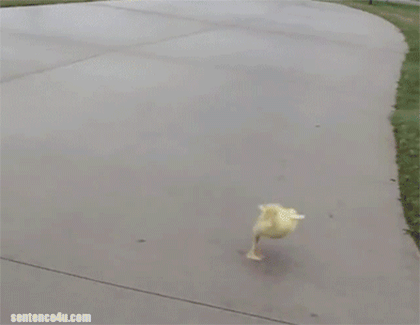The duck’s mouth is called a “bill”. Normally, it is broad and flat and has rows of fine notches along the edge called “lamellae”. The lamellae helps the duck to grip its food so that it will not slip off. However, ducks bills come in different shapes and sizes. The shape of the bill and body features will determine how the duck hunt for its food. Ducks which have broad beaks, sift their food for insects, snails and seeds from the mud. These are called the shovelers. The Northern Shoveler is an example.
Some ducks have long and narrow beaks. The narrow beaks are also covered will with saw-like edges which help them to grab fish. Sea ducks usually have this kind of beak. Sea ducks are also divers. Examples are the Mergansers, Eiders, Harlequins, Goldeneyes and Buffleheads. Soruce: KiddyHouse







